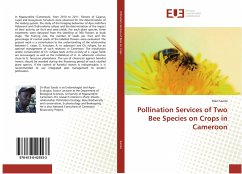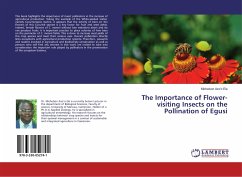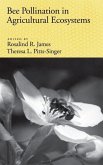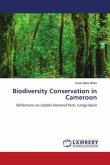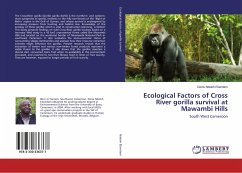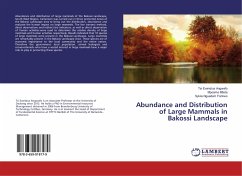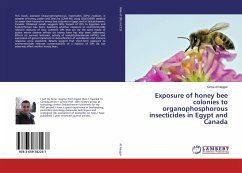In Ngaoundéré (Cameroon), from 2010 to 2011, flowers of Cajanus cajan and Gossypium hirsutum were observed for the determination of the mating system, the study of the foraging behaviour of Apis mellifera Adansonii and Chalicodoma rufipes and the determination of the impact of their activity on fruit and seed yields. For each plant species, three treatments were designed from the labelling of 360 flowers at buds stage. The fruiting rate, the number of seeds per fruit and the percentage of normal seeds of the labelled flowers were evaluated. The present work is a contribution to the understanding of the relationship between C. cajan, G. hirsutum, A. m. adansonii and Ch. rufipes, for an optimal management of such relations in Cameroon. The installation and/or conservation of Ch. rufipes nests at the vicinity of C. cajan fields are encouraged, as well as the installation of A. m. adansonii colonies close to G. hirsutum plantations. The use of chemicals against harmful insects should be avoided during the flowering period of each studied plant species. If the control of harmful insects is indispensable, it is recommended to use integrated pest management to protect pollinators.
Hinweis: Dieser Artikel kann nur an eine deutsche Lieferadresse ausgeliefert werden.
Hinweis: Dieser Artikel kann nur an eine deutsche Lieferadresse ausgeliefert werden.

